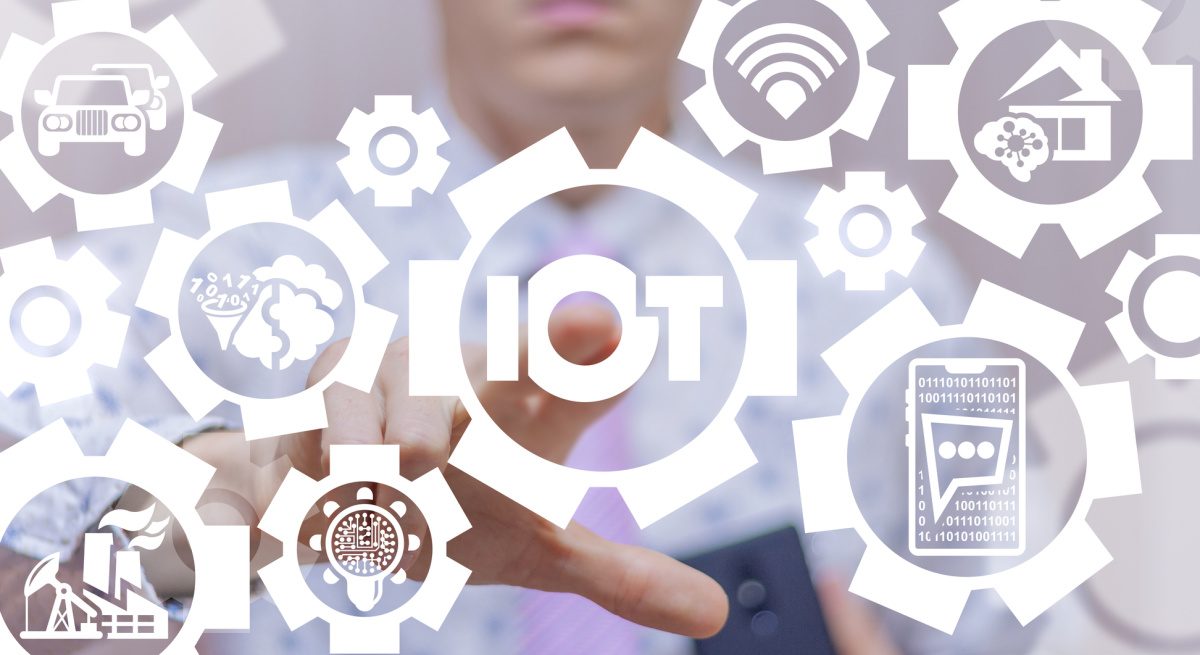Leveraging IoT Solutions to Protect Profit Margins
3 Min Read By Michael Putterman
With profit margins ranging on average from three to nine percent, restaurants are continually looking to keep costs down. How do restaurant operators find efficiencies to minimize costs without degrading quality or service?
The industry has since entered recovery mode, but returning to pre-pandemic levels won’t be easy. Consumers have shown interest in returning to restaurants, but it’s a slow march, not a cavalcade. At the same time, restaurants are grappling with staffing issues, with recent research showing that one in three food service workers doesn’t want to stay in the industry. This puts even more pressure on restaurateurs to carefully calibrate costs and protect profit margins.
Restaurateurs, however, have options to mitigate these challenges with technological innovation. One desirable option is to leverage low-power IoT solutions to deliver energy and maintenance efficiencies and reduce operational expenses. Low-power IoT solutions are affordable, secure, and reliable. These solutions enable restaurant owners to automate a range of routine tasks, such as tracking refrigerator temperatures to prevent food spoilage, monitoring HVAC and plumbing systems to avoid water damage, and improving energy consumption.
Low-power solutions draw much less power than higher-price cellular or Wi-Fi-enabled solutions to transmit data, which means devices last longer without the need for replacement batteries, resulting in a lower total cost of ownership. Additionally, the solutions deliver deep indoor coverage, requiring fewer access points, which makes deployment easier.
Energy Management
As restaurant owners look to cut costs, energy consumption is an obvious area to exploit. Restaurants draw a tremendous amount of electrical power for lighting, refrigeration, air conditioning, and – of course – gas for cooking meals. A typical office building uses $2 of energy per square foot, compared to restaurants’ $12 per square foot.
IoT-based automated energy management systems enable owners to reduce utility costs. One option is to deploy a monitoring platform that optimizes the use of cooling systems and Air Handling Units (AHU), which circulate and ventilate the air inside buildings. These systems integrate data from the electrical grid to modulate energy consumption when rates are highest.
An upward adjustment of a mere two degrees on hot days can significantly reduce energy consumption. Because of automation and IoT connectivity, these systems require no human intervention to make the adjustments and lifts the burden of energy management from staff to focus on the customer experience.
Speaking of Monitoring Temperatures…
HVAC systems aren’t the only area where monitoring temperatures help save costs. For instance, IoT systems can track temperatures through sensors on fryers to maintain optimum levels for cooking efficiency and food safety. The systems can lower temperatures when detecting that fryers are not in use and quickly raise them when needed.
Temperatures in refrigeration units also must be monitored carefully to prevent food spoilage and maintain quality. Usually, checking temperatures periodically and keeping a manual log for safety and regulation compliance is an employee task. The checks are frequent and time-consuming, pulling staff away from responsibilities with a bigger impact on sales and customer experience.
A more reliable and efficient approach is to equip refrigerators with IoT-connected sensors that monitor temperatures 24/7 and streamline the logging process. If temperatures fluctuate away from optimal levels, the monitoring system alerts a manager to take quick corrective action. Automating this process minimizes error, improves food safety procedures, and prevents inventory spoilage.
Water Damage Prevention
IoT solutions also can help restaurants prevent water damage caused by leaking pipes and faucets, clogged drains, and malfunctioning cooling units. Any of these issues can severely damage buildings and equipment and even temporarily shut down a restaurant. Each year, insurers pay out $2.5 billion for water damage claims.
Thanks to IoT monitoring applications, sensors can monitor water, humidity, and temperature to detects leak anomalies that indicate problems such as leaking pipes. When something goes wrong, the sensors use wireless connections to issue alerts and automatically trigger a valve shutoff to minimize damage.
Data from these sensors is collected continually to help with water use management and reduce waste. The technology is beneficial in preventing damage that can cause shutdowns and reducing water use when possible.
Staying Competitive
As restaurant owners and franchisees look to reduce operational costs, they should consider investing in low-power IoT solutions that automate time-consuming routine tasks. Profit margins will always be narrow in food service, but IoT solutions help boost competitiveness by modernizing operations. Restaurateurs should invest in one or two solutions that have the most immediate ROI and then build on that foundation to not only further drive efficiencies and profits, but also enhance the customer experience.


